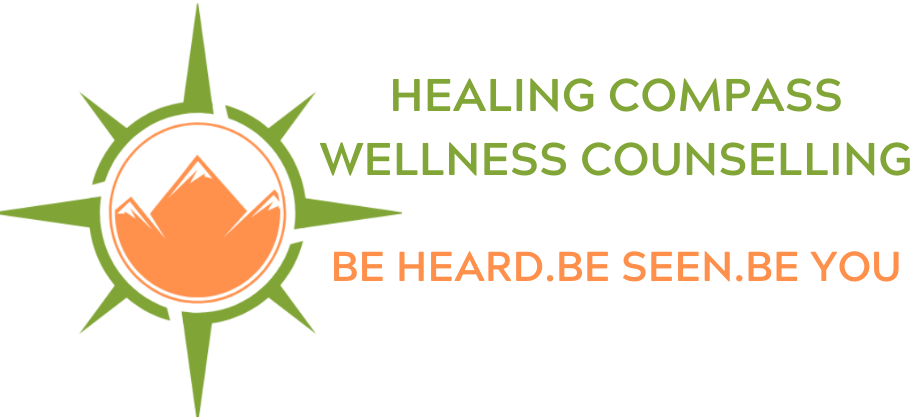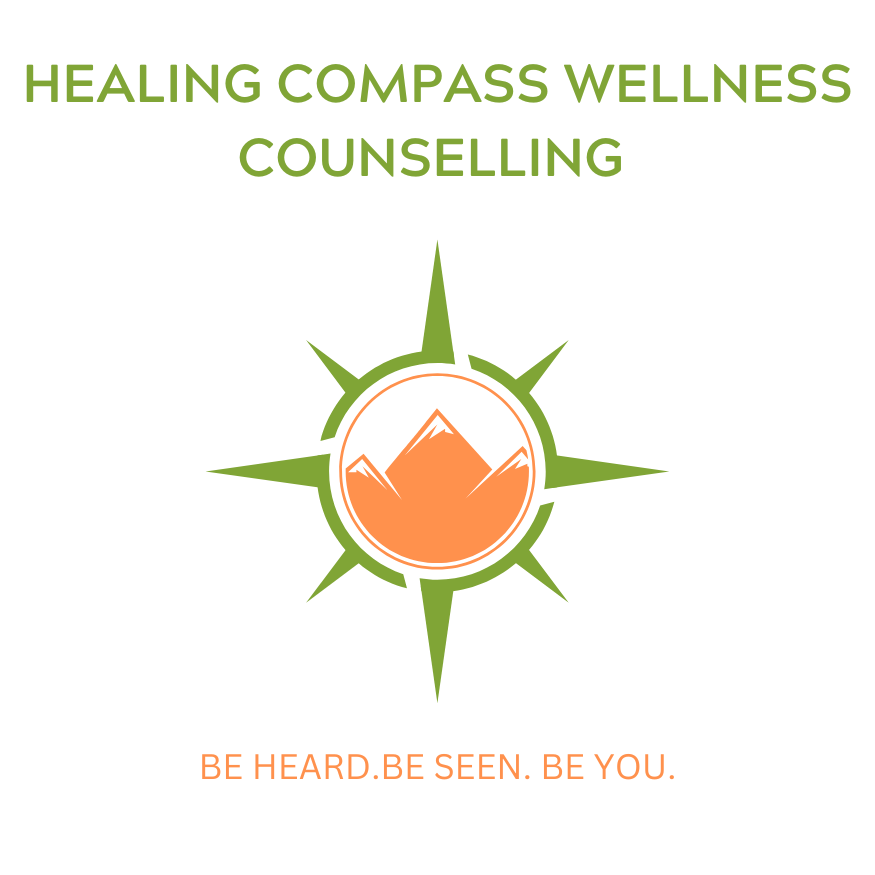
Mindfulness for Busy Lives: How to incorporate Calm into Chaos
In today’s fast-paced world, stress seems inevitable. Between balancing work, family and personal obligations, it can feel like there’s barely time to catch your breath, let alone focus on self-care. But what if I told you that you could find peace even in the middle of your chaotic day? That’s where mindfulness comes in.
Mindfulness isn’t about sitting on a mountaintop in quiet meditation for hours. Its about being present, fully engaging in the moment, no matter what’s happening around you. And yes, it’s entirely possible to practice mindfulness without disrupting your busy schedule. In fact, mindfulness can help you navigate your hectic life with more ease and clarity. Here’s how to get started.
1.START SMALL: MICRO-MOMENTS OF MINDFULNESS
You don’t need an hour of uninterrupted time to practice mindfulness. Even just 1-2 minutes of focused breathing can reset your mind and body. Try this: close your eyes, take a deep breath in through your nose, hold it for a second, and slowly exhale through your mouth. Feel the tension leave your body each breath.
Do this between meeting, while waiting in lines, or even during your lunch break. These micro-moments of mindfulness can have a powerful impact on your stress levels and mental clarity.
2.BE MINDFUL DURING TASKS
We spend so much of our day on autopilot, rushing from one task to the next. What if you could turn everyday activities into opportunities for mindfulness? The next time you’re washing dishes, focus on the sensation of the water on your hands, the sound of the clicking dishes, the smell of the soap. By bringing your attention to the present moment, you create a sense of calm even in mundane tasks.
This also applies to driving, eating, or even walking from one room to another. Being mindful doesn’t mean slowing down-it means being fully engaged in what you’re already doing.
3.USE TECHNOLOGY MINDFULLY
Ironically, the same devices that contribute to our stress can also help us find calm. There are countless mindfulness apps that offer guided meditation, breathing exercises and even short “mindfulness breaks” you can fit into your day. Set an alarm on your phone to remind you to pause, breathe, and reset at different intervals throughout the day.
However, being mindful also means recognizing when technology is becoming a source of stress. Set boundaries for your screen time and be intentional about when and how you use your devices. Try to disconnect from social media or emails during certain times of the day to create mental space.
4.INCORPORATE MINDFUL EATING
If your days are too hectic to carve out time for mindfulness, consider turning your meals into moments of mindfulness. Instead of rushing through your lunch while checking your emails, take a moment to truly savor your food. Notice the flavours, textures, and colours on your plate. Chew slowly and pay attention to how your body feels as you eat. This not only helps reduce stress, but it can also improve digestion and make you feel more satisfied after eating.
5.PRACTICE GRATITUDE
In the whirlwind of daily responsibilities, it’s easy to lose sight of the good things happening in your life. Taking a few moments each day to reflect on what you’re grateful for can shift your focus from what’s causing you stress to what’s bringing you joy. It can be as simple as writing down three things you’re grateful for at the end of the day. This small act of mindfulness can have a profound effect on your overall mental and emotional well-being. It rewires your brain to focus on the positive, even when life feels overwhelming.

